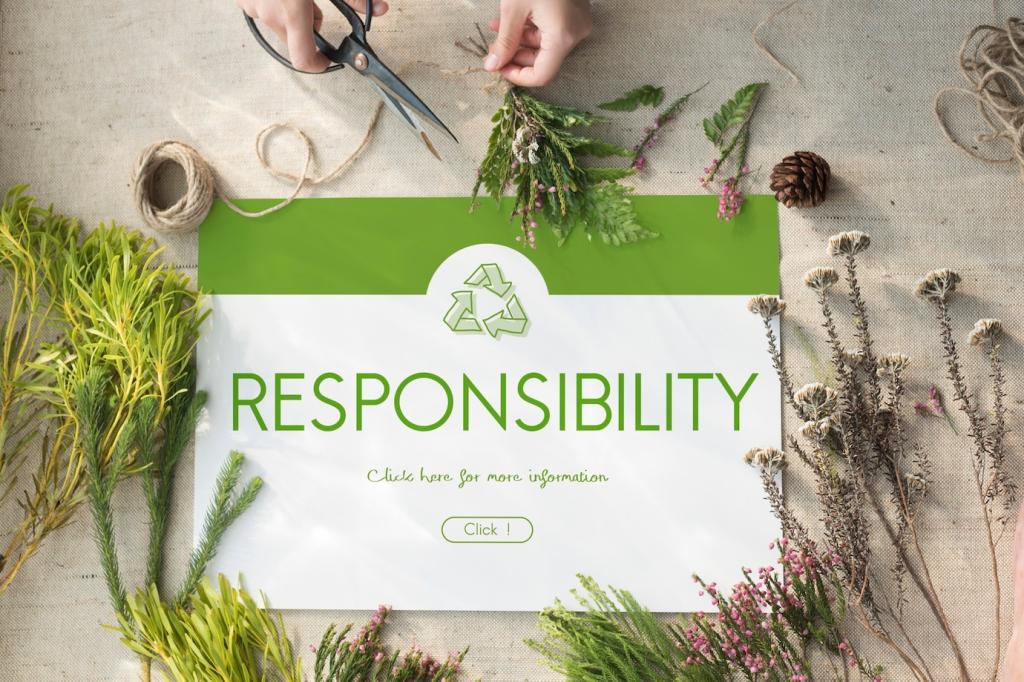Theme chosen: How to Write Engaging Content for Sustainable Homes. Welcome to a home page dedicated to crafting vivid, trustworthy, and action-inspiring stories that help readers design, retrofit, and live in greener spaces they genuinely love.
Know Your Reader: Personas, Needs, and Everyday Moments
Create specific homeowner personas
Sketch two or three detailed personas, like a budget focused renter, a growing family in a drafty bungalow, or a downsizing couple. Map their pain points, confidence levels, and motivations to match content formats and complexity.


Translate green goals into personal value
Link sustainability to comfort, health, and cost savings. Instead of abstract emissions, emphasize warmer bedrooms, quieter heat pumps, lower bills, and cleaner indoor air. When readers feel practical benefits, engagement and trust rise.
Storytelling That Moves People to Act
Introduce the challenge, describe the transformation, and show outcomes. For example, Maya and Luis swapped baseboards for a heat pump, sealed leaks, and now sleep better while saving each month. Invite readers to share similar goals.


Storytelling That Moves People to Act
Write with sensory detail. Morning light across an induction cooktop, a quiet nursery thanks to insulation, the first rain harvested for the garden. These grounded scenes make sustainable choices feel tangible and desirable.

Target intent rich, long tail keywords
Research questions homeowners actually ask, such as heat pump noise at night, low VOC paint for nurseries, or insulating a brick wall. Build posts that precisely answer those concerns in plain, confident, and actionable language.

Structure for skimmability and snippets
Use descriptive headings, crisp summaries, and bulleted steps where appropriate. Add schema where relevant. Aim for featured snippets by answering narrow questions early, then expand with detail and credible sources for depth.

Cite trustworthy data and sources
Link to reputable bodies like energy agencies, building science labs, and local code authorities. For context, note that buildings drive a significant share of energy related emissions, and practical retrofits help reduce that footprint.
Make It Visual: Data, Diagrams, and Delight
Show air sealing paths, attic insulation layers, and ventilation routes with labels that demystify acronyms. Readers linger on clean diagrams that explain both why and how, then bookmark and share with friends or contractors.

Trust First: Accuracy, Transparency, and Anti Greenwashing
Avoid vague better for the planet statements. Reference independent certifications, testing protocols, and climate zone limitations. If data is early or context specific, label it clearly and invite expert feedback in the comments.
Trust First: Accuracy, Transparency, and Anti Greenwashing
Explain embodied carbon, durability, and maintenance. Some materials shine in wet climates, others do not. Transparency strengthens loyalty, especially when you suggest alternatives and link deeper reading for careful decision making.
Calls to Action That Respect the Reader
End posts with a five minute action, like checking door sweeps or testing kitchen ventilation. Link a printable checklist and ask readers to comment with their first win to inspire others and shape your next guide.
Calls to Action That Respect the Reader
Promise value in every send, such as seasonal maintenance prompts and new homeowner stories. Invite replies with questions you will feature next month, building a dialogue that steadily deepens community trust and momentum.





Join our mailing list
